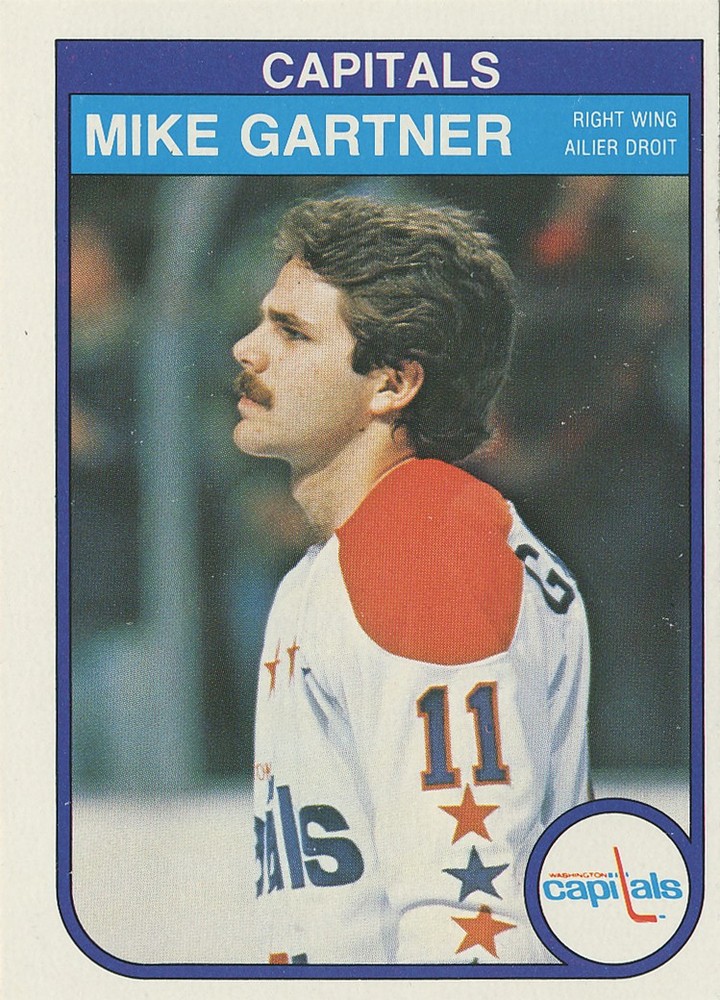The Best Draft Ever?
Saturday, 19 December 2009

Originally published in Prospects Hockey in 2009
By Lucas Aykroyd
The world was a tumultuous place in 1979. The Iranian Revolution, the Soviet invasion of Afghanistan, and the Three Mile Island nuclear accident made headlines. But the annual NHL draft offered a ray of light for hockey fans with an unprecedented influx of talent, mostly from the Canadian junior ranks.
“There’s been a lot of talk about the ’79 draft being the best ever,” said Mike Gartner, who went fourth overall to Washington that year and would score 708 career NHL goals. So as we approach the 30th anniversary of that draft, it’s worth looking back at what made it so special.
Two big changes meant more young stars were available than usual. Firstly, the World Hockey Association (WHA) folded after attempting to rival the NHL as North America’s top pro circuit since 1972. Four of its clubs—the Edmonton Oilers, Winnipeg Jets, Quebec Nordiques, and Hartford Whalers—joined the NHL. An expansion draft where NHL clubs chose WHA veterans was held in June, and then the junior-aged draft (christened “Entry” for the first time to reflect the inclusion of ex-WHA players) took place on August 13, 1979 at Montreal’s Queen Elizabeth Hotel. Secondly, the eligibility age dropped from 20 to 19 for the first time. (In 1980, it would be reduced to 18, where it’s stayed ever since.)
The numbers tell the story of ’79. Eleven of the 21 first-rounders would play more than 1,000 NHL games, including Hall of Famers like Gartner, 1980 Calder Trophy winner Ray Bourque (#8, Boston), and Michel Goulet (#20, Quebec). Nineteen of them scored at least 300 career points. With the exception of American defenceman Mike Ramsey (#11, Buffalo), a member of the 1980 “Miracle on Ice” Olympic team, each first-rounder had played in the WHL, OHL, or QMJHL. In a stark contrast to today, only six Europeans were taken.
Talent was pervasive among the 126 players drafted over six rounds. Whether it was Mats Naslund and Dale Hunter going in the second round, or Mark Messier and Guy Carbonneau in the third, general managers loaded up their shopping carts.
Some CHL clubs were particularly well-represented. For instance, the powerhouse Brandon Wheat Kings had 10 players drafted in total, including four first-rounders: Laurie Boschman (#9, Toronto), Brian Propp (#14, Philadelphia), Brad McCrimmon (#15, Boston), and Ray Allison (#18, Hartford).
Those ex-Wheaties have stayed close. Propp, the all-time leading NHL playoff scorer among left wings (148 points), recently reunited with Allison and McCrimmon at the 2009 NHL All-Star Game festivities in Montreal. It was a trip down memory lane. The draft was much more low-key in 1979.
“The WHA’s merger with the NHL reduced bargaining power for the players,” Propp recalled. “But everyone was just excited to be getting drafted. We played in the WHL, which didn’t get much press compared to the East. Back then, we weren’t prepared like they are today. You weren’t being watched so closely when you were 16 and 17. You just enjoyed hockey and played it.”
Even in hockey-mad Ontario, there was nothing like today’s frenzy of newspaper, TV, and Internet coverage for top juniors. Just ask Gartner, whose memories of being drafted remain fresh.
The ex-Niagara Falls Flyer shone with the WHA’s Cincinnati Stingers in 1978-79, and was the top-rated player in Central Scouting’s mid-season rankings. But injuries in the second half hampered Gartner. Another WHA star, Rob Ramage, went first overall to Colorado instead, and got a contract worth about $350,000 over three years.
Players weren’t even physically present at the draft that year. Waiting at his parents’ farm near Barrie, Gartner got a phone call from Capitals GM Max McNab afterwards, informing him he’d been taken. The swift-skating, hard-shooting right wing then did one print interview, with the local Barrie Examiner. And to celebrate being drafted? “I don’t think my family did anything,” Gartner said with a laugh. “My dad probably sent me out to cut the grass.”
Will we ever see a draft as great as ’79 again? Certainly, it’s unlikely so many talents will step right in and have an impact, as they did in 1979-80, since now it’s an 18-year-old draft. “But still, you never say never,” said Gartner. “It would have to be the right circumstances. It takes a long time to assess, because there are a lot of guys from the ’79 draft who had 15- or 20-year careers and are in the Hall of Fame now.”
First-Round Frenzy
Here are the top 21 picks from 1979.
1. Rob Ramage, D, Colorado – Birmingham (WHA)
2. Perry Turnbull, LW, St. Louis – Portland (WHL)
3. Mike Foligno, RW, Detroit – Sudbury (OHL)
4. Mike Gartner, RW, Washington – Cincinnati WHA)
5. Rick Vaive, RW, Vancouver Canucks – Birmingham (WHA)
6. Craig Hartsburg, D, Minnesota – Birmingham (WHA)
7. Keith Brown, D, Chicago – Portland (WHL)
8. Ray Bourque, D, Boston – Verdun (QMJHL)
9. Laurie Boschman, C, Toronto – Brandon (WHL)
10. Tom McCarthy, LW, Minnesota – Oshawa (OHL)
11. Mike Ramsey, D, Buffalo – Minnesota (WCHA)
12. Paul Reinhart, D, Atlanta – Kitchener (OHL)
13. Doug Sulliman, LW, NY Rangers – Kitchener (OHL)
14. Brian Propp, LW, Philadelphia – Brandon (WHL)
15. Brad McCrimmon, D, Boston – Brandon (WHL)
16. Jay Wells, D, Los Angeles – Kingston (OHL)
17. Duane Sutter, RW, NY Islanders – Lethbridge (WHL)
18. Ray Allison, RW, Hartford – Brandon (WHL)
19. Jimmy Mann, RW, Winnipeg – Sherbrooke (QMJHL)
20. Michel Goulet, LW, Quebec – Birmingham (WHA)
21. Kevin Lowe, D, Edmonton – Quebec (QMJHL)








